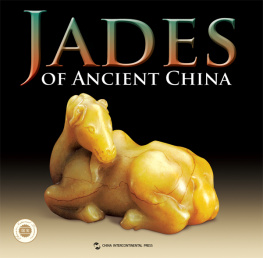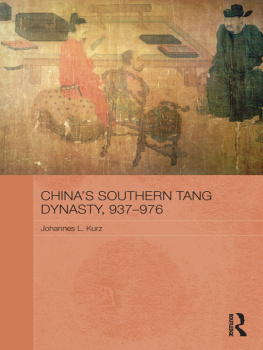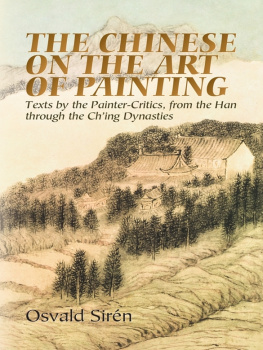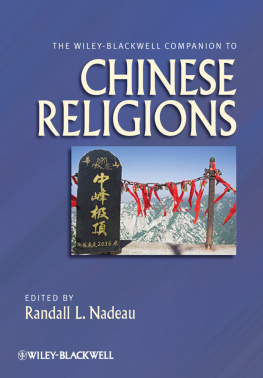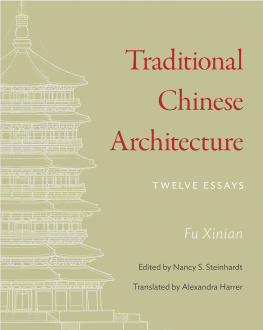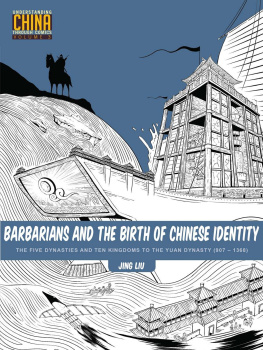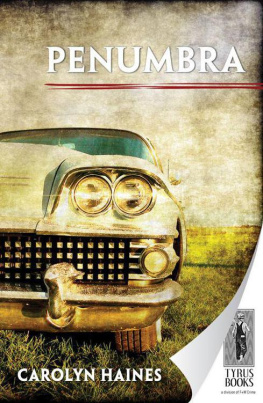

CONTENTS


Preface
A mong the numerous forms of the wonderful cultural heritage in the Chinese history, jade carving is definitely a unique art style. It is not only the cultural evidence to the historical development of human beings, but also the elegant and valuable artwork. During the very long times from past dynasties up to now, it's always one of the highlights collected by the museums and art galleries, and getting more attentions from the common people and private collectors as well.
To appreciate the ancient Chinese jades, the first issue that people face is the material of jade. What is jade? The understandings are different between the ancient and modern societies.
In ancient times, jade was explained as "beautiful stones that have five virtues". The "five virtues" were referred to as the natural characters of the stones including color, texture, transparency, hardness and specific gravity. But what kinds of stones could be regarded as "beautiful stones with five virtues"? Some people took the specific gravity, one of the "five virtues", as the most important figure to tell the jade from stone. This kind of method did help for some kinds of materials but not for all. With this situation, the saying "beautiful stones are jades" could be understood as a generalized concept. It included not only Khotan jade (quartzite category), turquoise, lapis lazuli, malachite, amber and coral as well. All of these different materials were used very often for jade carving in ancient China, especially in the early times.
In modern society, the common people still keep the above mentioned traditional concept to clarify the jade materials, but the scientific and technical professionals make a totally different solution, in accordance with the theory of mineralogy. They divide the jade materials into three categories of gem, jade and color stone. The details are as follows:
All the materials with hardness over Mohs 7 are named gem. As a result, crystal, agate and chalcedony which were regarded as jade materials in the past are now turned to be the gem.
All the materials with hardness between Mohs 6 and 7 are named jade and divided into two types of jadeite (Khotan jade).
All the materials with hardness from Mohs 4 to 6 are named color stone. Then Xiuyan jade, Dushan jade, Lantian jade and turquoise which were regarded as jade materials long time ago are now turned to be stone.
More serious thing is that, according to this method, amber and coral in hardness below Mohs 4 cannot be fit in any categories. Therefore, we can clearly see that this kind of specific definition to the jade is not suitable for appreciating the ancient Chinese jade materials and may cause confusions, although it does meet the requests of modern mineralogy and the international standards. Reemphasized, we should still follow the traditional generalized concept of "beautiful stones" to define the Chinese ancient jades.
The jades that we talk about in generalized concept are always in varied types and coming from different locations, but they also have some characters in common. Following these common features, we can do the jade appreciations with the points listed below.
Point 1: Texture of jade
The main key to telling good or bad texture is to check the degree of its exquisiteness. According to the theory of mineralogy, most of the objects are in crystal status; different sizes and structures of crystal particle make different appearances from roughness to exquisiteness. Let's take granite and Khotan jade as examples. The texture of granite is rough because the particles are big-sized and loose-structured; the texture of Khotan jade is exquisite because the particles are small-sized and close-formed. So the quality of jade texture depends on the degree of exquisiteness. The upmost perfect jade should be the one without any flaws. Unfortunately, it's very rare in the natural world. Flaws do affect the quality of jades, but sometimes they can be utilized skillfully and turned to be the highlights of the jade carvings.
Point 2: Hardness of jade
Hardness of jade depends on the interior structure of crystal particle and affects the glossy appearance of jade. Normally, only the jade with high hardness can show obvious luster; for the low-hardness jade, it's not easy to be shining even after polishing. So according to the glossy appearance, we can make rough definition on the type and hardness of the jade.
Point 3: Transparency of jade
The transparency of jade can show the exquisiteness and clarity of the texture, and also make the color of jade more beautiful. For the jade materials in the generalized concept, most are semi-translucent while a few are transparent or slightly transparent. According to the different degrees of transparency, we can divide the commomly seen jade materials into four grades:
Grade 1--Transparent jade material, which means we can look it through to see other object clearly. The typical representatives are crystal, smoky quartz and amber.
Grade 2--Semi-translucent jade material, which means we can look it through to see other object faintly, such as agate and rose quartz.
Grade 3--Slightly transparent jade material, namely we cannot look it through to see other object, but the lights can go through. Representatives are Khotan jade, Xiuyan jade and jadeite.
Grade 4--Nontransparent jade material, namely only the strong lights can go through, such as turquoise and malachite.
Among the four grades, Grade 3 is regarded as the best material. The gentle feeling and the hazy gloss given by this kind of material are what the ancient Chinese people dreamed of.
Point 4: Color of jade
Color of jade is always the most important issue that people concern. In ancient China, there're lots of books talking about the jade colors. Early in the Warring States Period (475-221 BC), the jade colors were divided as grey, yellow, green, red, white and black. But these six colors are just the basic tones. In fact, the jades formed underground have various colors and veins due to different micro metal elements contained inside. For example, chromium contained in jade makes color emerald; chromite makes color black or grey; ferric oxide makes color yellow or tan; manganous silicate makes color purple or amaranth. The pure color is peculiarly unusual; whatever pure in white, black, red, green or yellow, it's always the rare and valued one.
To appreciate the ancient Chinese jades, the second issue that people need to know is the origin and development history of jades.
The appearance of Chinese jades in the ancient times was an inevitable result of the promotion from the material civilization entering into the spiritual civilization. Showing up together with stone wares, jades spent a very long time for the development. Early in the late Paleolithic Age (approx. 1700000 years-10000 years ago), the concept of beauty was already filtered into people's minds. As a result, on one hand, for making the stone wares, people loved to choose the hard stones with beautiful colors, and tried to make the wares as small as possible except the pieces for daily uses. On the other hand, people started to use animals' teeth, bones and shells to make various small adornments to show their intelligence and to attract the opposite sex as well. With the influences of adornment wearing custom, initial religion belief and totem worship, people enhanced the making technology of stone wares, meanwhile, also made a good preparation for the coming of ancient Chinese jade wares.
Next page
